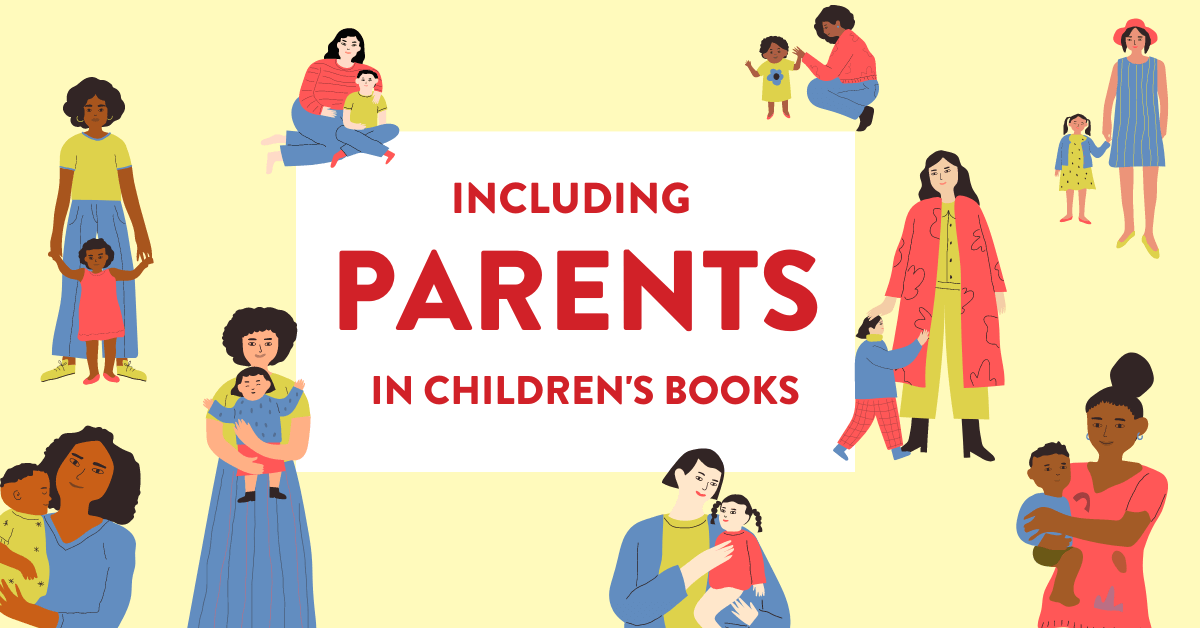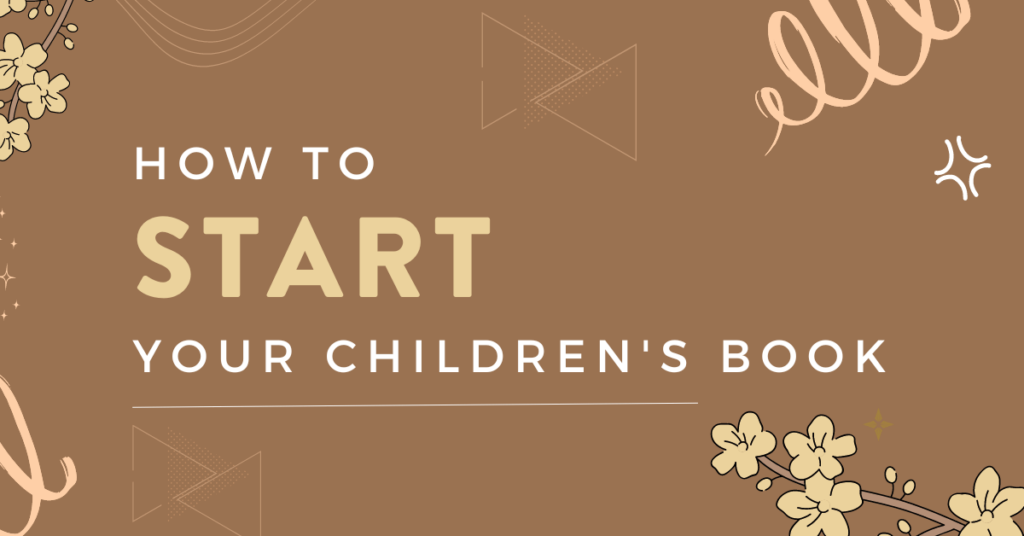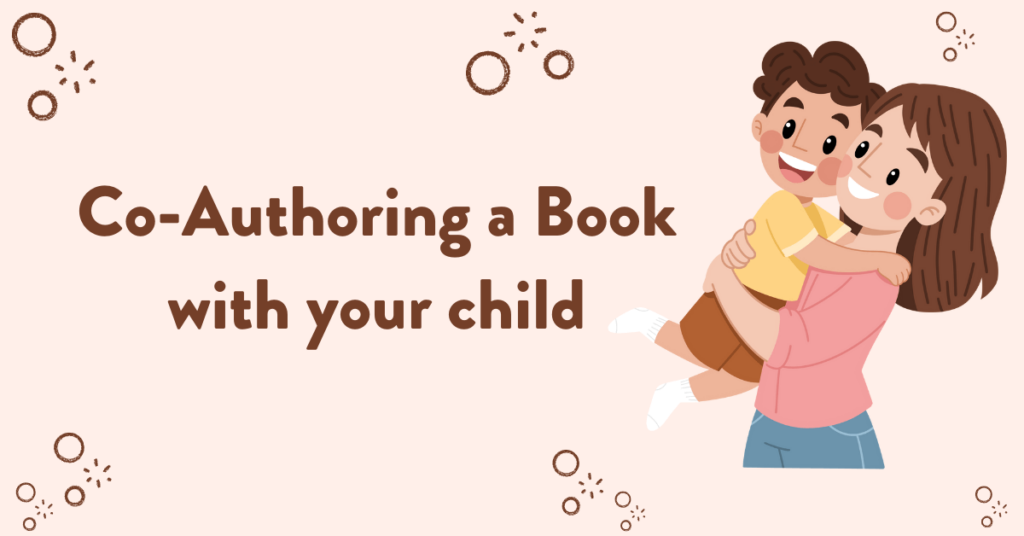
Let’s dive into a topic that’s crucial for children’s authors, parents, and young readers alike: the role of parents in children’s literature.
If you haven’t thought about this, you’re not alone: most authors spend most of their time focusing on their child character, and on the world or theme, and never actually think about the parent in the story.
This is a problem because parents are the ones writing the stories, and so they naturally tilt toward making the parent be:
- the all-knowing, wise character
- the character that solves the problems
- the character that overshadows the child
All these issues can absolutely ruin your children’s book. So let’s take a step back and figure out how to handle parents in a kid book.
And before we get started, if you wanted a comprehensive article on how to write a children’s book, check out my landmark post, “How to Write a Children’s Book in 12 Steps.”
Where Have the Parents Gone?
Remember the good old days of classic tales, when children were often the central characters exploring worlds without the constant presence of adults?
There’s a reason for that. Parents, although an essential part of a child’s life, may sometimes spoil the very essence of a children’s book.
In many of the unpublished books that I edit, the parents not only play a central role, sometimes they even overshadow the role of the child! That’s a problem, and it’s probably because it’s the parent writing the book, and they want to be the hero.
Instead of doing that, let me teach you the best ways to include parents in a children’s book.
The Power of Child-Centric Stories
Children’s books are meant to be a haven for young readers to explore, grow, and embrace their identity. That means you should put them in a world where kids should be in charge.
Here’s why:
- Freedom to Explore: Picture books that allow children to explore without parental guidance are often the most magical. “Journey” by Aaron Becker is a beautiful example of this. This wordless picture book follows a young girl who discovers a red crayon that allows her to draw doors to imaginative worlds. She’s free to navigate her adventure independently, without an adult telling her where to go or what to think.
- Emphasizes Independence: Independence can also be highlighted in picture books. In “Corduroy” by Don Freeman, the little bear Corduroy embarks on an adventure inside a department store at night, all by himself. Many children’s books have kids do things that wouldn’t happen in the real world — explore a city, walk a tightrope, voyage off to a distant land. But reading books like this is the way to teach independence to young readers.
- Relatable Conflicts: Even in picture books, children can relate to conflicts with or without parents. Books like “Matilda” show how children can thrive even in the absence or negligence of parents.
However, this doesn’t mean you should completely ditch parents from your children’s book. You just need to strike the right balance.
4 Ways to Include Parents
As an editor, I’ve seen a variety of approaches to handling parents in children’s literature. Here are some ways to find that balance:
- Make Them Supportive But Distant: Parents can be there but in the background. This way, children take the forefront, but the family’s warmth is still felt. In “The Snowy Day” by Ezra Jack Keats, Peter’s mother is there, providing comfort, but she doesn’t inhibit his snowy exploration.
- Introduce Them When Necessary: Sometimes, a parent’s presence can contribute to the plot. A perfect example is the picture book “Where the Wild Things Are” by Maurice Sendak. Max’s mother sends him to his room, initiating his wild adventure, but she’s not a central character in the story.
- Show them in Illustrations, but Without Dialogue: Parents don’t have to be central characters, not even mentor figures. They don’t have to say things.
- Show them as a Symbol. In “The Giving Tree,” the parent is a tree. It’s the tree who gives of themselves forever and ever until there is nothing left, which symbolizes the parental role. But think about how terrible that book would be if it was an actual parent giving something to the child throughout their life. Symbols are an excellent way to get parental involvement without making it seem cliche or cheesy.
If you’re struggling with how to incorporate parents into your story, consider getting feedback on your book to ensure the children remain the main focus. Furthermore, if you wanted to hire me as an editor, you’ll find tailored assistance to shape your story in a child-centric manner.
Parent Substitutes
If you’re struggling with this advice to minimize the role of the parent in your children’s book, here’s my advice: use a parental substitute.
- Teachers and Educators: Characters like Miss Honey in “Matilda” can provide guidance and support, serving as a nurturing figure outside the family.
- Grandparents or Older Relatives: Sometimes, an older family member can step into a parental role, like a loving grandmother or a wise old uncle.
- Neighbors and Community Members: Friendly neighbors or community elders can provide wisdom, friendship, or guidance, as seen in various folktales and community-based stories.
- Coaches or Activity Leaders: A soccer coach, art teacher, or scout leader can be influential in a child’s life, helping them learn new skills and overcome challenges.
- Animal or Mythical Guides: In more fantastical stories, an animal or mythical guide may serve as a mentor, such as the talking cricket in “Pinocchio.”
- Siblings or Older Friends: Sometimes, an older sibling or friend can take on a guiding role, helping the protagonist navigate the challenges they face.
- Fictional or Historical Heroes: Characters might be inspired or guided by a hero from a book, history, or their own imagination, like aspiring to be a brave knight or a wise philosopher.
All those characters above sidestep all the problems associated with having a parent as one of the main characters in the story, and yet you still get a wise and older mentor character to guide your child protagonist through their journey.
It’s the best of both worlds!
3 Mistakes to Avoid
These are all real mistakes that I commonly see in unpublished children’s books. Are there exceptions to these rules? Well, yes, but very very rarely.
Break these at your peril — you’re much more likely to write a successful children’s book if you avoid these 3 things.
1. Don’t Have Parents Solve the Problem
Having parents step in and solve the children’s problems is perhaps the most prevalent mistake in children’s literature. This not only undermines the child’s role as the protagonist but also takes away a valuable learning opportunity for the reader.
For example, in a poorly designed narrative, a parent might solve a complicated puzzle or resolve a conflict between friends, rather than letting the child characters work it out themselves.
This approach diminishes the child’s agency and can make the story less engaging and relatable for young readers.
2. Making Parents the Central Focus
Another common error is shifting the story’s focus from the child to the parent. Children’s picture books should be about children’s experiences, thoughts, and feelings.
A story that concentrates too much on the parents’ perspectives or emotions might not resonate with young readers. Most authors don’t realize they’re doing this, but it’s because they want themselves to be the star of the story!
3. Overly Idealized Parent Figures
Creating parents that are too perfect or idealized can also be a problem. Children relate to characters that are real and flawed, just like the people around them. Parents who are portrayed as always wise, always understanding, and never wrong can feel unrealistic.
The way this normally looks is that a parent will be a 100% mentor, and give the child the exact right information. Although this is true to life, it doesn’t make for a good children’s book.
Exceptions
Now, maybe you’ve read this article and you’re disappointed. You really wanted the book to be solely about you, the parent, and your fictional child.
And now you resent me for spoiling your children’s book idea.
Hold on there.
There are certainly exceptions to the advice I’ve given above. Plenty of successful children’s book DO feature a parent in a prominent role.
But let me say this: All the books I list below are EXPLICITLY about the relationship between a parent and a child. If that’s the topic of your book, then of course the parent has to play a crucial and key role. All of the advice I give above are for children’s books that are … about any other topic at all.
So here are some books that feature parents well, and I’d recommend you read these mentor books if you insist on having a parent at the heart of your children’s book:
- “Guess How Much I Love You” by Sam McBratney: This tender story features a father rabbit (Big Nutbrown Hare) and his son (Little Nutbrown Hare) as they express their love for each other.
- “Love You Forever” by Robert Munsch: The story showcases a mother’s lifelong love for her son, following him from infancy through adulthood.
- “Blueberries for Sal” by Robert McCloskey: This classic book portrays a young girl named Sal and her mother as they go blueberry picking, paralleling their adventure with a mother bear and her cub.
- “Daddy’s Little Girl” by Peter Wilson: In this touching book, a father shares his wisdom and love with his daughter, celebrating their special bond.
- “Just Me and My Mom” by Mercer Mayer: This book features the Little Critter enjoying a day out with his mom, encountering various adventures and mishaps along the way.
- “Kiss Good Night” by Amy Hest: This bedtime story centers around a baby bear named Sam and his mother as they go through their nightly routine, focusing on their loving relationship.
Conclusion
Are you co-authoring a book with your child? Check out my post on how to do that well.
It’s time we give children’s literature back to children. Parents don’t have to be absent but let’s keep them out of the spotlight. Let the young readers see themselves in characters who are brave, independent, and adventurous.
Interested in creating a children’s book that resonates with this philosophy? Join my children’s book course, “Two Weeks to Your Best Children’s Book,” and discover the art of crafting stories that empower young minds.
After all, it’s their world; we’re just writing about it!



